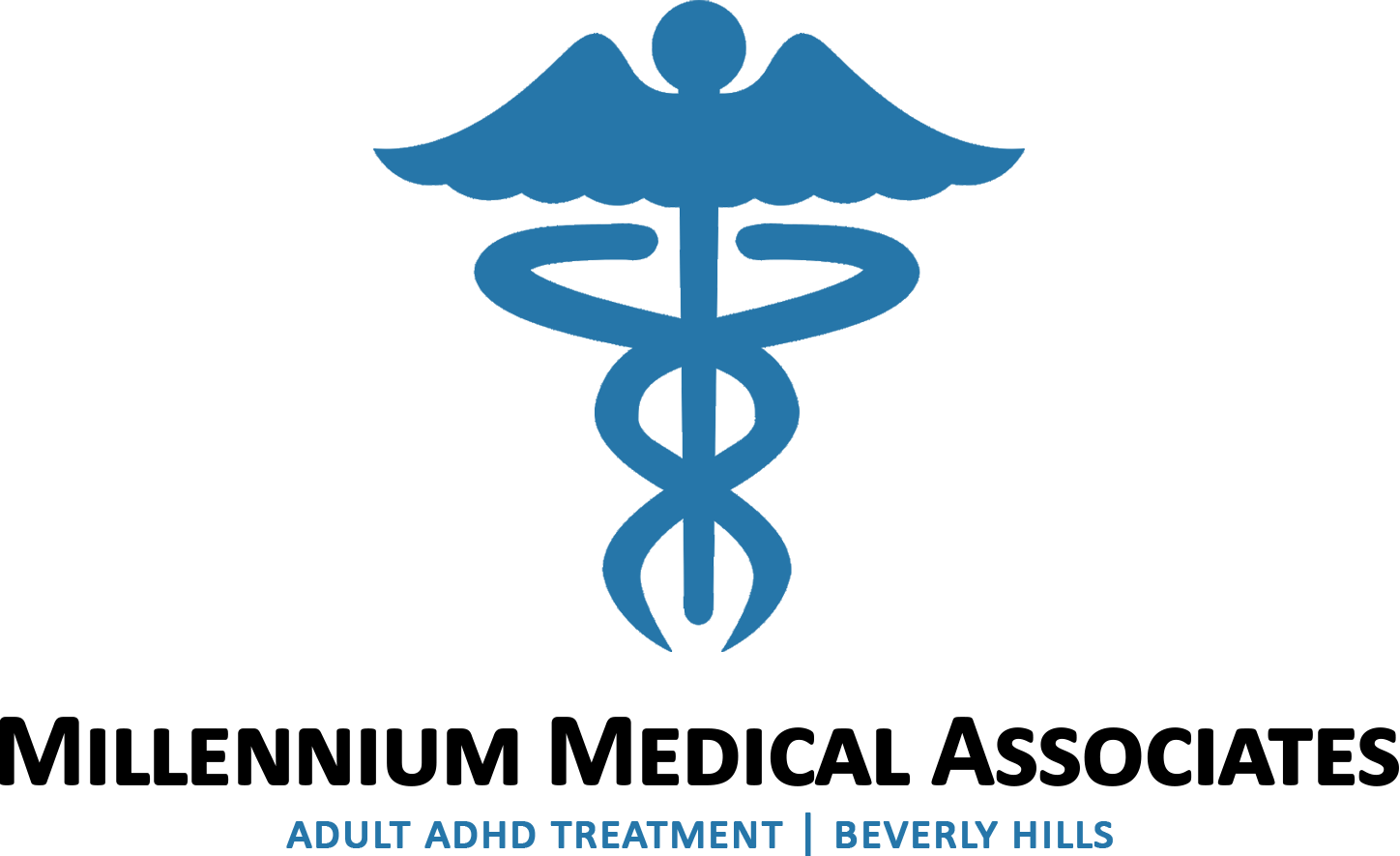5 Signs of Inattentive ADHD That Are Often Overlooked
Attention deficit hyperactivity disorder (ADHD) is a neurodevelopmental disorder that affects both children and adults. It is characterized by difficulty paying attention, impulsivity, and hyperactivity. While ADHD is often associated with hyperactive and impulsive behavior, there is also a subtype called ADHD – Inattentive Type, which is characterized by difficulty paying attention and following instructions, but without the hyperactivity and impulsivity.
Here are 5 common symptoms of Inattentive ADHD that are often missed:
Difficulty organizing tasks and materials: Individuals with ADHD – Inattentive Type may have difficulty organizing tasks and materials, leading to a disorganized work or living space. They may also have difficulty following through on tasks, leading to incomplete or poorly done work.
Frequently losing items: People with ADHD – Inattentive Type may have a hard time keeping track of their belongings, leading to frequent loss of items such as keys, phones, or homework.
Struggling to follow instructions: Individuals with ADHD – Inattentive Type may have difficulty following instructions, even when they are clear and well-explained. This can lead to difficulties in school and work, as well as in daily activities such as cooking or completing a to-do list.
Struggling to pay attention in class or meetings: People with ADHD – Inattentive Type may have a hard time paying attention during lectures or meetings, leading to a lack of understanding or poor performance. They may also have difficulty keeping track of what is being said and retaining information.
Difficulty with time management: People with ADHD – Inattentive Type may have difficulty managing their time effectively, leading to procrastination or missing deadlines. They may also have difficulty prioritizing tasks, leading to a feeling of being overwhelmed.
It is important to note that these signs of ADHD – Inattentive Type can be present in people of all ages and may be overlooked due to a lack of understanding about this subtype of ADHD. Many people with ADHD – Inattentive Type may not exhibit the hyperactivity and impulsivity often associated with ADHD, leading to a misdiagnosis or lack of diagnosis altogether.
If you or someone you know exhibits these signs, it is important to speak with a healthcare professional for a proper diagnosis and treatment plan. Treatment for ADHD – Inattentive Type may include medication, therapy, and behavioral interventions. With the right support and treatment, individuals with ADHD – Inattentive Type can lead fulfilling and successful lives.
References:
American Psychiatric Association. (2013). Diagnostic and statistical manual of mental disorders (5th ed.). Washington, DC: American Psychiatric Association.
National Institute of Mental Health. (2021). Attention deficit hyperactivity disorder (ADHD). Retrieved from https://www.nimh.nih.gov/health/topics/attention-deficit-hyperactivity-disorder-adhd/index.shtml
